Renzhi Cao
Artificial Intelligence Advances for De Novo Molecular Structure Modeling in Cryo-EM
Feb 24, 2021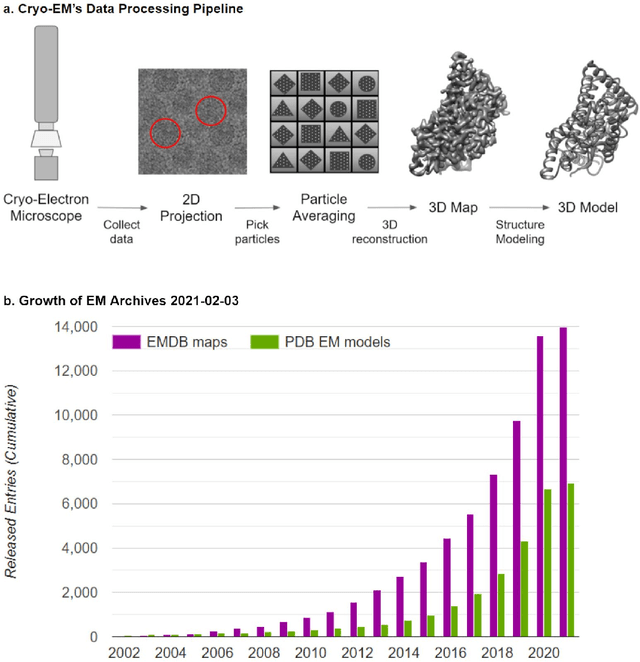
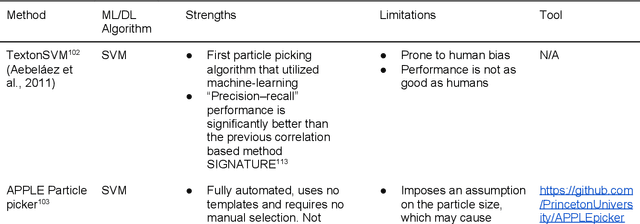
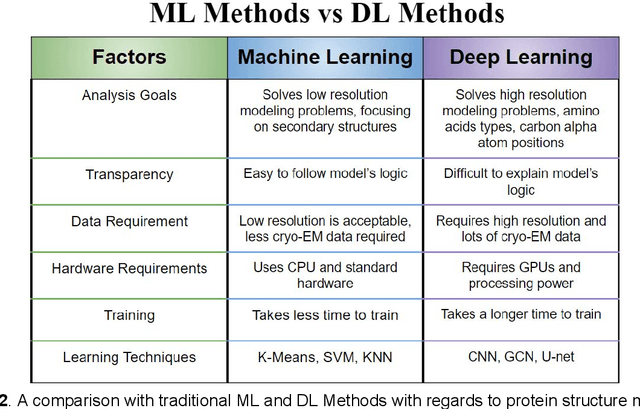

Abstract:Cryo-electron microscopy (cryo-EM) has become a major experimental technique to determine the structures of large protein complexes and molecular assemblies, as evidenced by the 2017 Nobel Prize. Although cryo-EM has been drastically improved to generate high-resolution three-dimensional (3D) maps that contain detailed structural information about macromolecules, the computational methods for using the data to automatically build structure models are lagging far behind. The traditional cryo-EM model building approach is template-based homology modeling. Manual de novo modeling is very time-consuming when no template model is found in the database. In recent years, de novo cryo-EM modeling using machine learning (ML) and deep learning (DL) has ranked among the top-performing methods in macromolecular structure modeling. Deep-learning-based de novo cryo-EM modeling is an important application of artificial intelligence, with impressive results and great potential for the next generation of molecular biomedicine. Accordingly, we systematically review the representative ML/DL-based de novo cryo-EM modeling methods. And their significances are discussed from both practical and methodological viewpoints. We also briefly describe the background of cryo-EM data processing workflow. Overall, this review provides an introductory guide to modern research on artificial intelligence (AI) for de novo molecular structure modeling and future directions in this emerging field.
High Definition image classification in Geoscience using Machine Learning
Sep 25, 2020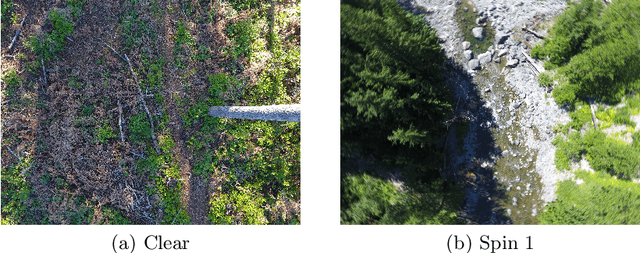
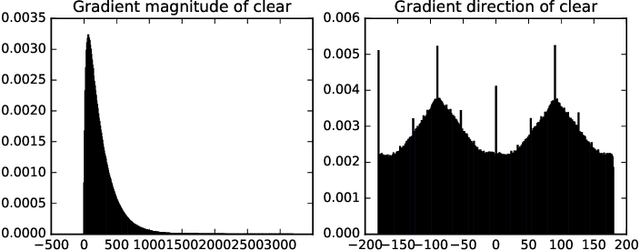
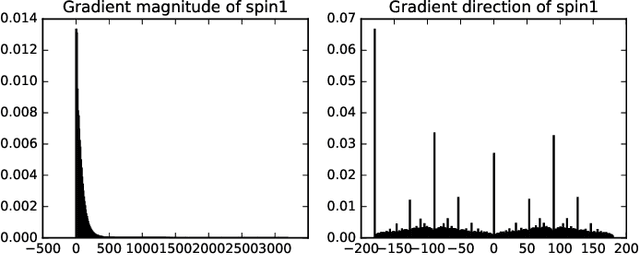
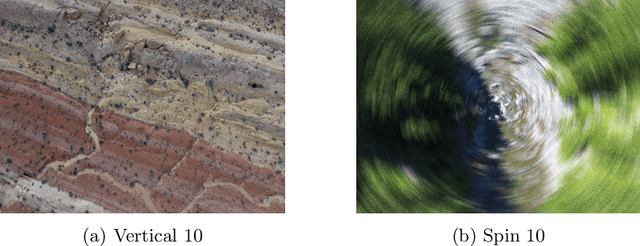
Abstract:High Definition (HD) digital photos taken with drones are widely used in the study of Geoscience. However, blurry images are often taken in collected data, and it takes a lot of time and effort to distinguish clear images from blurry ones. In this work, we apply Machine learning techniques, such as Support Vector Machine (SVM) and Neural Network (NN) to classify HD images in Geoscience as clear and blurry, and therefore automate data cleaning in Geoscience. We compare the results of classification based on features abstracted from several mathematical models. Some of the implementation of our machine learning tool is freely available at: https://github.com/zachgolden/geoai.
ProLanGO: Protein Function Prediction Using Neural~Machine Translation Based on a Recurrent Neural Network
Oct 19, 2017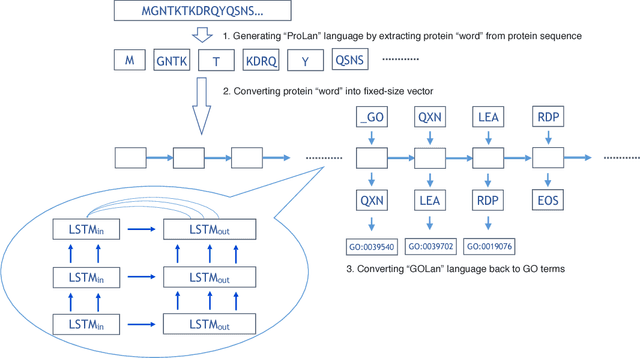

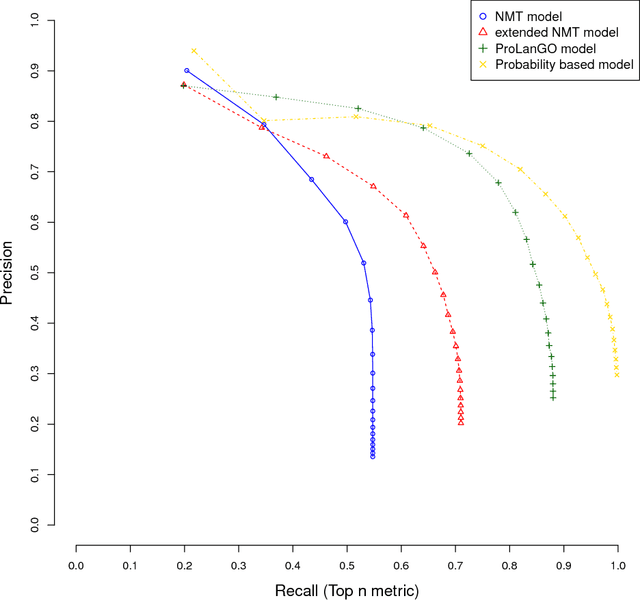
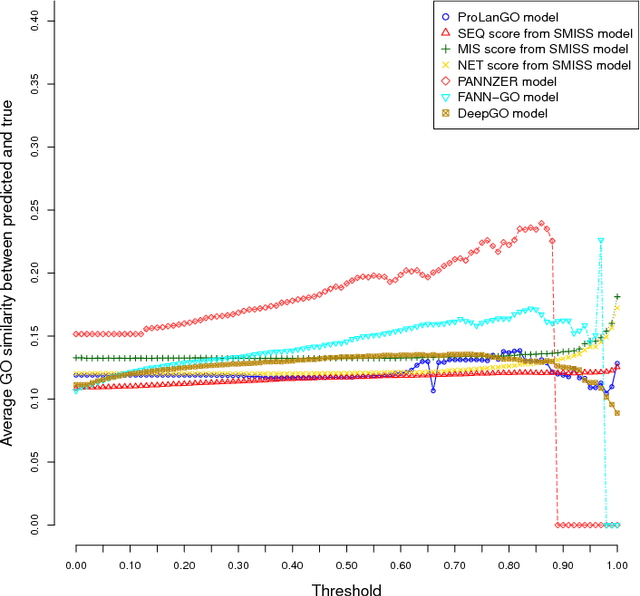
Abstract:With the development of next generation sequencing techniques, it is fast and cheap to determine protein sequences but relatively slow and expensive to extract useful information from protein sequences because of limitations of traditional biological experimental techniques. Protein function prediction has been a long standing challenge to fill the gap between the huge amount of protein sequences and the known function. In this paper, we propose a novel method to convert the protein function problem into a language translation problem by the new proposed protein sequence language "ProLan" to the protein function language "GOLan", and build a neural machine translation model based on recurrent neural networks to translate "ProLan" language to "GOLan" language. We blindly tested our method by attending the latest third Critical Assessment of Function Annotation (CAFA 3) in 2016, and also evaluate the performance of our methods on selected proteins whose function was released after CAFA competition. The good performance on the training and testing datasets demonstrates that our new proposed method is a promising direction for protein function prediction. In summary, we first time propose a method which converts the protein function prediction problem to a language translation problem and applies a neural machine translation model for protein function prediction.
DeepQA: Improving the estimation of single protein model quality with deep belief networks
Jul 15, 2016



Abstract:Protein quality assessment (QA) by ranking and selecting protein models has long been viewed as one of the major challenges for protein tertiary structure prediction. Especially, estimating the quality of a single protein model, which is important for selecting a few good models out of a large model pool consisting of mostly low-quality models, is still a largely unsolved problem. We introduce a novel single-model quality assessment method DeepQA based on deep belief network that utilizes a number of selected features describing the quality of a model from different perspectives, such as energy, physio-chemical characteristics, and structural information. The deep belief network is trained on several large datasets consisting of models from the Critical Assessment of Protein Structure Prediction (CASP) experiments, several publicly available datasets, and models generated by our in-house ab initio method. Our experiment demonstrate that deep belief network has better performance compared to Support Vector Machines and Neural Networks on the protein model quality assessment problem, and our method DeepQA achieves the state-of-the-art performance on CASP11 dataset. It also outperformed two well-established methods in selecting good outlier models from a large set of models of mostly low quality generated by ab initio modeling methods. DeepQA is a useful tool for protein single model quality assessment and protein structure prediction. The source code, executable, document and training/test datasets of DeepQA for Linux is freely available to non-commercial users at http://cactus.rnet.missouri.edu/DeepQA/.
Evaluation of Protein Structural Models Using Random Forests
Feb 13, 2016



Abstract:Protein structure prediction has been a grand challenge problem in the structure biology over the last few decades. Protein quality assessment plays a very important role in protein structure prediction. In the paper, we propose a new protein quality assessment method which can predict both local and global quality of the protein 3D structural models. Our method uses both multi and single model quality assessment method for global quality assessment, and uses chemical, physical, geo-metrical features, and global quality score for local quality assessment. CASP9 targets are used to generate the features for local quality assessment. We evaluate the performance of our local quality assessment method on CASP10, which is comparable with two stage-of-art QA methods based on the average absolute distance between the real and predicted distance. In addition, we blindly tested our method on CASP11, and the good performance shows that combining single and multiple model quality assessment method could be a good way to improve the accuracy of model quality assessment, and the random forest technique could be used to train a good local quality assessment model.
 Add to Chrome
Add to Chrome Add to Firefox
Add to Firefox Add to Edge
Add to Edge